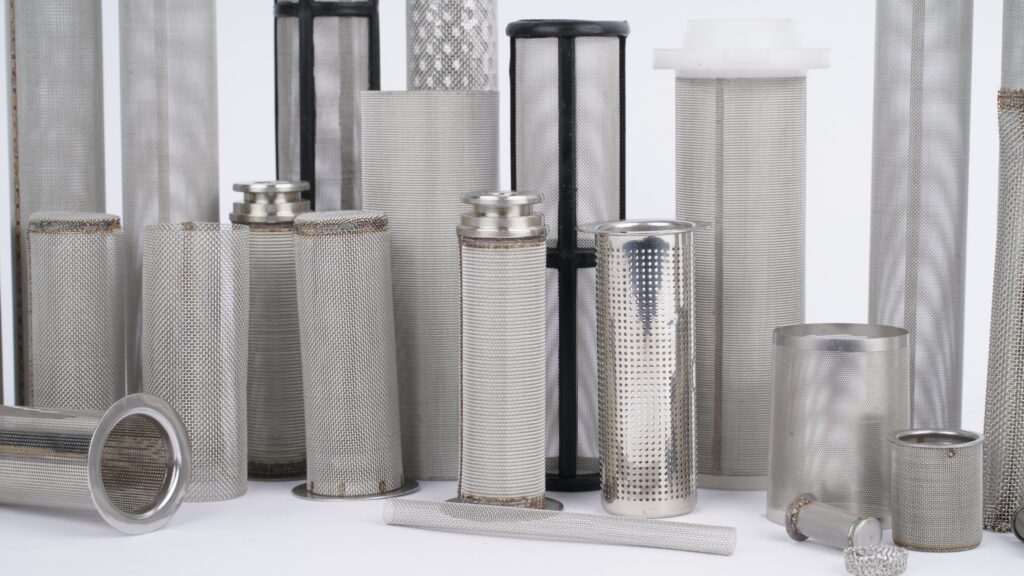All stainless steel is not made the same. Stainless steel is graded. The “grade” of stainless steel refers to its quality, durability, and temperature resistance. Deciphering what stainless steel you need is an important step in your next project involving stainless steel mesh. Type 304 and Type 316 stainless steel metal mesh are two of the most common types used but knowing the difference between the two is important.
The main differences between 304 and 316 stainless steel mesh come down to their corrosion resistance, durability, heat resistance, and formability.
Now, 304 stainless steel mesh is an alloy that contains 18% chromium and 8% nickel. On the other hand, 316 stainless steel mesh is an alloy that contains 16% chromium, 10% nickel, and 2% molybdenum.
Because 316 has more nickel and contains molybdenum, it is higher quality than 304. These added benefits allow it to be more resistant to corrosive environments, more stable and durable, and more resistant to extreme temperatures.
That said, there are little to no differences between the two alloys visually. They also carry the same ability to be welded and customized during fabrication.
When it comes to cost, 316 stainless steel wire mesh stands as the most expensive of the two. But these margins are not that significant.

